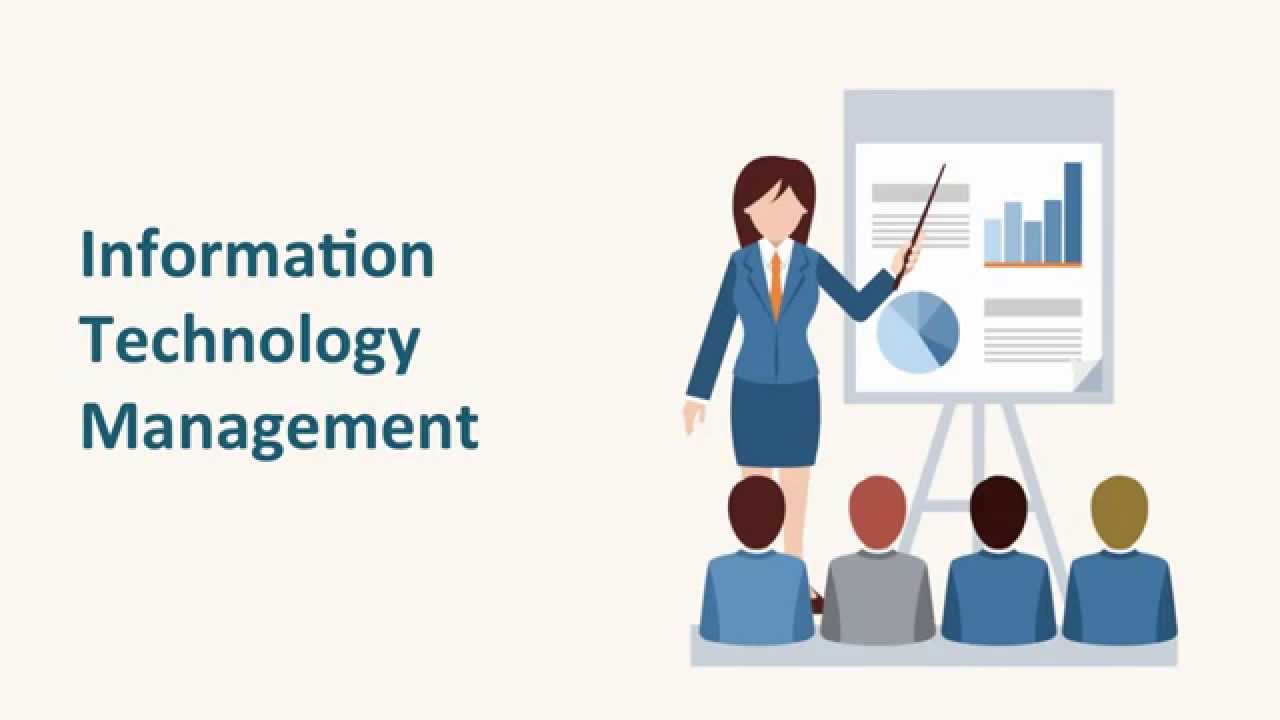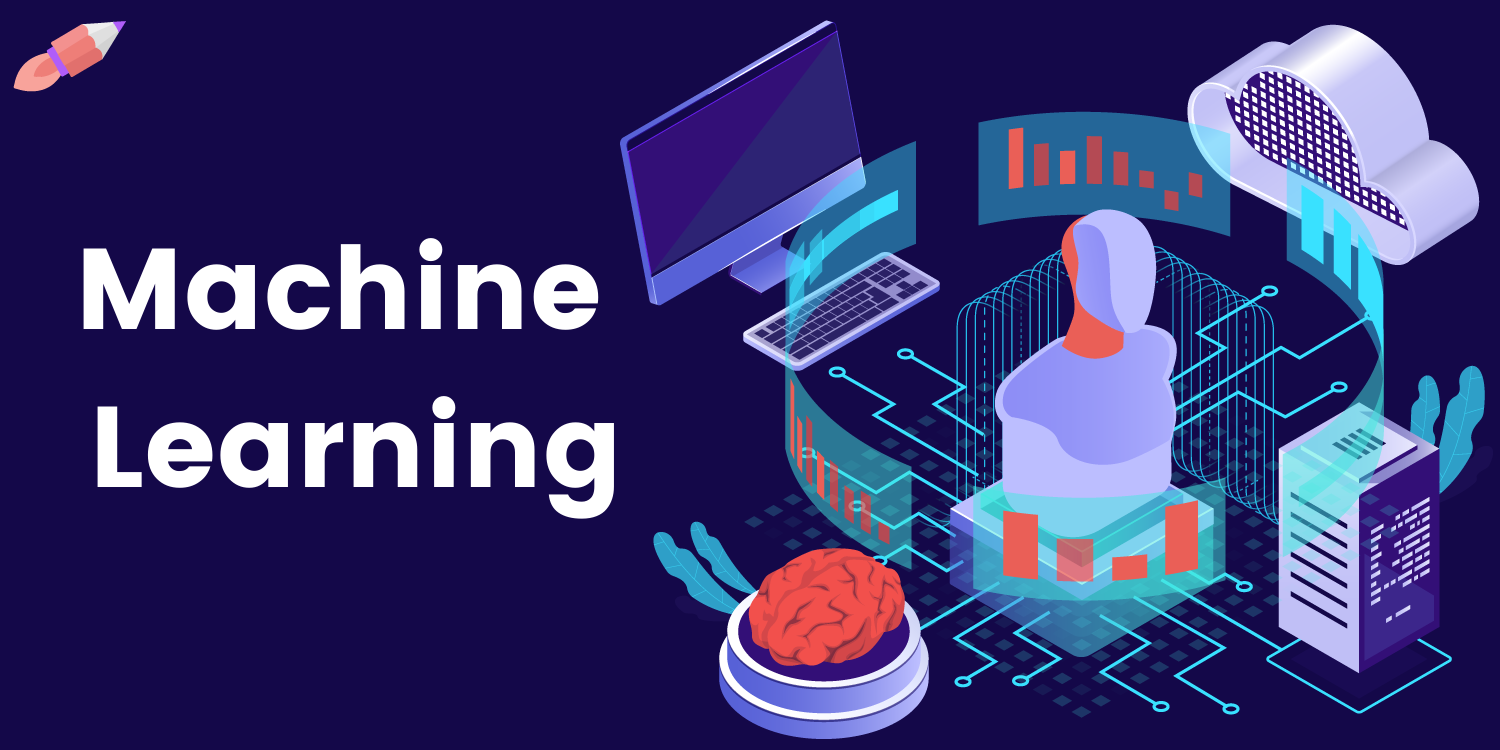
Chatbots are an option for teachers who want to make their classroom more efficient. These chatbots automate administrative tasks and reach more people than human administrators. They can reply to repeated queries, send reminders or notifications, and collect information about students. Chatbots are able to collect student information and send them notifications, unlike administrators. They are also faster than humans and can handle more complicated tasks, such as collecting student information.
Learning assistants
Artificially intelligent chatbots are changing the way students and teachers learn. Instead of having students fill out separate forms for each class and then wait for their responses, teachers can immediately send messages to the chatbot. The chatbot will not only be able respond to various questions but it will also be capable of analyzing the learning styles and adapting its responses accordingly. The chatbot can be used to communicate with students, allowing it to adapt to their needs.
RQ2 recently published a study on chatbots and education. The research examined educational chatbots, and identified four questions to determine their utility and future potential. Educational chatbots can improve student learning by providing immediate support, integrating content, and encouraging personalized learning. Teachers can also share the same information with multiple chatbot users, making it easier to assess this technology's effectiveness.

AI-enhanced programming
A major advantage of using chatbots for educational purposes is that they can solve a wide range of problems that students face. They can not only solve login and registration problems but also assist students with many other issues. Chatbots can also help students make friends. Millennials are notoriously impatient, and they expect instant answers to all their questions. AI-enhanced chatbots could meet this need by providing 24-hour student support.
Chatbots for education can also be used as a help desk to reduce the need for human support staff. By answering questions and directing students to the appropriate pages, education chatbots can improve learning environments and increase enrollment. Often, students are concerned with making the wrong career choice, choosing between multiple schools. AI-enhanced software is able to simplify the process by answering common questions and providing information about campus, facilities, scholarship options, and enrollment.
Conversational agents
Educators who implement Conversational Agents into the classroom see positive results, and students report greater support and improvement in their learning. This is partly due to the improved interaction and feedback processes students experience with the chatbot. Chatbots have a greater impact than that. Chatbots are a great learning tool for students. The benefits go beyond the technology's educational benefits. Let's examine how they might use this technology to enhance student learning.
The study's methodology focuses on articles that were published in six well-known digital databases. This excludes book chapters, and other publications. The study is also restricted to articles on Chatbots in Tertiary Education, especially in health and social education. This limitation is likely to be overcome by keywords related to other types. Chatbots are also likely to have positive effects on education. More research is needed.

Tutor support
Tutor support for educational chatbots can improve students' learning experience and reduce the need for human teachers. Chatbots are able to be trained to offer personalized tutoring, and can even set up to send reminders as well as notifications. Teachers can streamline student-teacher communication by using chatbots that tutor. Teachers can save their time and increase the bot’s capabilities by asking common questions. Chatbots may also be able to incorporate third-party educational tools, which can assist students in their learning and align with the subject matter.
Teachers already work long hours and are stressed by their workloads. Most of the work they do is repetitive and mundane. Chatbots are able to automate tasks like scoring tests, sending assignments and tracking student attendance. They can also send notes and recordings. Chatbots can also make recommendations based on teacher preferences and their schedule. These features make tutor support for educational chatbots simple to implement and will prove to be a huge asset for students and teachers.
FAQ
What uses is AI today?
Artificial intelligence (AI), is a broad term that covers machine learning, natural language processing and expert systems. It's also known by the term smart machines.
The first computer programs were written by Alan Turing in 1950. His interest was in computers' ability to think. He proposed an artificial intelligence test in his paper, "Computing Machinery and Intelligence." The test tests whether a computer program can have a conversation with an actual human.
In 1956, John McCarthy introduced the concept of artificial intelligence and coined the phrase "artificial intelligence" in his article "Artificial Intelligence."
Many types of AI-based technologies are available today. Some are easy and simple to use while others can be more difficult to implement. These include voice recognition software and self-driving cars.
There are two main categories of AI: rule-based and statistical. Rule-based AI uses logic to make decisions. To calculate a bank account balance, one could use rules such that if there are $10 or more, withdraw $5, and if not, deposit $1. Statistics is the use of statistics to make decisions. A weather forecast might use historical data to predict the future.
How does AI work?
An artificial neural network is composed of simple processors known as neurons. Each neuron receives inputs and then processes them using mathematical operations.
Neurons are arranged in layers. Each layer performs an entirely different function. The first layer receives raw data like sounds, images, etc. It then sends these data to the next layers, which process them further. Finally, the last layer produces an output.
Each neuron has an associated weighting value. This value is multiplied with new inputs and added to the total weighted sum of all prior values. If the result is greater than zero, then the neuron fires. It sends a signal down to the next neuron, telling it what to do.
This continues until the network's end, when the final results are achieved.
How does AI work?
It is important to have a basic understanding of computing principles before you can understand how AI works.
Computers store information on memory. Computers use code to process information. The code tells the computer what it should do next.
An algorithm is a set or instructions that tells the computer how to accomplish a task. These algorithms are often written in code.
An algorithm can be thought of as a recipe. A recipe may contain steps and ingredients. Each step can be considered a separate instruction. For example, one instruction might read "add water into the pot" while another may read "heat pot until boiling."
What is AI good for?
Two main purposes for AI are:
* Prediction - AI systems are capable of predicting future events. A self-driving vehicle can, for example, use AI to spot traffic lights and then stop at them.
* Decision making-AI systems can make our decisions. Your phone can recognise faces and suggest friends to call.
What are some examples AI-related applications?
AI can be applied in many areas such as finance, healthcare manufacturing, transportation, energy and education. These are just a handful of examples.
-
Finance - AI has already helped banks detect fraud. AI can scan millions of transactions every day and flag suspicious activity.
-
Healthcare – AI is used for diagnosing diseases, spotting cancerous cells, as well as recommending treatments.
-
Manufacturing - AI can be used in factories to increase efficiency and lower costs.
-
Transportation - Self-driving vehicles have been successfully tested in California. They are now being trialed across the world.
-
Utility companies use AI to monitor energy usage patterns.
-
Education - AI is being used in education. Students can interact with robots by using their smartphones.
-
Government – AI is being used in government to help track terrorists, criminals and missing persons.
-
Law Enforcement - AI is being used as part of police investigations. Detectives can search databases containing thousands of hours of CCTV footage.
-
Defense - AI systems can be used offensively as well defensively. An AI system can be used to hack into enemy systems. In defense, AI systems can be used to defend military bases from cyberattacks.
What's the status of the AI Industry?
The AI industry continues to grow at an unimaginable rate. By 2020, there will be more than 50 billion connected devices to the internet. This means that everyone will be able to use AI technology on their phones, tablets, or laptops.
This will also mean that businesses will need to adapt to this shift in order to stay competitive. They risk losing customers to businesses that adapt.
The question for you is, what kind of business model would you use to take advantage of these opportunities? You could create a platform that allows users to upload their data and then connect it with others. You might also offer services such as voice recognition or image recognition.
Whatever you choose to do, be sure to think about how you can position yourself against your competition. Although you might not always win, if you are smart and continue to innovate, you could win big!
From where did AI develop?
Artificial intelligence was created in 1950 by Alan Turing, who suggested a test for intelligent machines. He believed that a machine would be intelligent if it could fool someone into believing they were communicating with another human.
John McCarthy took the idea up and wrote an essay entitled "Can Machines think?" John McCarthy published an essay entitled "Can Machines Think?" in 1956. He described in it the problems that AI researchers face and proposed possible solutions.
Statistics
- While all of it is still what seems like a far way off, the future of this technology presents a Catch-22, able to solve the world's problems and likely to power all the A.I. systems on earth, but also incredibly dangerous in the wrong hands. (forbes.com)
- The company's AI team trained an image recognition model to 85 percent accuracy using billions of public Instagram photos tagged with hashtags. (builtin.com)
- By using BrainBox AI, commercial buildings can reduce total energy costs by 25% and improves occupant comfort by 60%. (analyticsinsight.net)
- According to the company's website, more than 800 financial firms use AlphaSense, including some Fortune 500 corporations. (builtin.com)
- In 2019, AI adoption among large companies increased by 47% compared to 2018, according to the latest Artificial IntelligenceIndex report. (marsner.com)
External Links
How To
How do I start using AI?
One way to use artificial intelligence is by creating an algorithm that learns from its mistakes. This allows you to learn from your mistakes and improve your future decisions.
For example, if you're writing a text message, you could add a feature where the system suggests words to complete a sentence. It would learn from past messages and suggest similar phrases for you to choose from.
It would be necessary to train the system before it can write anything.
Chatbots are also available to answer questions. If you ask the bot, "What hour does my flight depart?" The bot will tell you that the next flight leaves at 8 a.m.
If you want to know how to get started with machine learning, take a look at our guide.